In our last blog “Protect your Home for the Holidays” we discussed ways to ensure the safety of your home while you are away. Today we want to discuss some important tips for not only Holiday Travel, but traveling year round.

Air Travel – it’s convenient, faster and safer than road travel on most occasions but what are the best tips to remember for your safety when visiting airports of flying on a plane?
- Never leave your luggage unattended at the airport!
Aside from the obvious threat of theft, there is also the possibility of something dangerous and/or illegal being added to your suitcase that you are unaware of. If you do not have a travel buddy to watch over your luggage, keep it at your side at all times. Also, never let anyone other than airport staff handle your luggage for the same reasons. - Do not accept packages or watch over luggage for strangers.
While you may see a desperate person who requests your help for just a brief moment, do not fall for this. I know that sounds harsh, but criminal masterminds know how to prey about the weaknesses of others. What may appear to be a struggling mother trying to manage a child, could actually be a woman acting as such who’s carrying highly illegal or dangerous content and has chosen you as her scapegoat. Obviously, you want to be helpful and kind but you must also be smart. Advise those who seem desperate for your help that you will help them find airport staff to handle their needs. - If you see abandoned luggage or packages at the airport do not touch it!
Instead, leave it exactly where you found it and report it to the nearest airport employee for handling. - Airport and Airplane rules and restrictions exist for a reason.
These are created based on history and experiences over time and are for your safety. Be sure to listen to all announcements and follow any instructions provided as well as reading any instructions that are posted in the airport or on the plane. It is best to visit the website of the airline you are using in advance of purchasing your ticket so that you can view their rules and regulations to be sure you are able to comply. - If you see suspicious activity report it immediately!
You should be able to recognize what is suspicious such as seeing a person leave a bag unattended or a person who vocalizes threats. Do you remember our blog about practicing situational awareness? Read it again for some great tips on recognizing suspicious activity and potential threats!

Road Travel – Sometimes it’s easier to hit the road and sometimes we just prefer a road trip. We’ve shared some great driving safety tips and vehicle safety tips throughout the year that would apply to holiday travel as well as for your daily commute such as how to get a grip on road rage, the dangers of distracted driving and driving safely in inclement weather. But here’s some more useful tips for the road ahead:
- Have your vehicle inspected by a professional prior to a long road trip.
It is important that your tires are in good shape, your fluids are all fresh and at the proper levels, filters are clean and in working condition and all the mechanical parts that keep you safe are in proper working order such as brakes, belts, and more. A professional will know best. - Have your trunk stocked with emergency preparations such as a spare tire in good condition, a jack and the tools you may need to change a tire as well as a good flash light, roadside flares or reflective flagging and jumper cables. If you will be driving in an area that may have inclement weather such as sleet or snow be sure you also have a bag of kitty litter or sand on hand to help you with traction in the event you get stuck. If you’ve never driven in snow, be sure you not only have tire chains but also that you know how to use them. Also, if your tires are not all-weather or snow tires you should not drive in snow conditions.
- You should always have a first aid kit in your vehicle! This is a must at any time but especially when traveling long distance. You can create your own first aid kit or purchase one like this one sold on amazon.com. You can create your own just by viewing what pre-packaged ones include. Also, don’t forget to pack your prescription medications in your first aid kit!
- Be sure to get plenty of rest prior to a long drive. Do not rely on energy drinks, caffeine or energy supplements to combat being tired. A full night’s rest prior to the journey is the safest bet. Statistically, tired or sleepy drivers cause the majority of accidents on the road during holidays. If you find you are tired on the road, take a break from driving and get a nap at a safe location such as a roadside rest area. Remember your safety is more important than any deadline.
- Be sure to eat well before traveling and bring snacks. Hunger can cause mood swings, disorientation and other issues. Make stops along the way to snack as well. Just as your vehicle needs fuel to proceed so does your body.
- Stay hydrated! Have plenty of water on hand and keep yourself hydrated to avoid headaches and other health issues as well as tiredness.
- Planning ahead is the best way to travel:
1) Research the traffic laws, speed limits and gas stations you will encounter along your journey.
2) Plan your stops for fueling, snacking and resting. Some stops, of course, cannot be planned ahead but do all the planning you can in advance.
3) Keep an eye on the weather conditions you will be encountering along the way and plan around them.
4) Examine the facts about the cities you will be passing through – are they safe? Learn where you should and shouldn’t stop to fuel or break along the way and plan around this.
5) Plan your driving time with breaks so that you don’t feel rushed or frustrated and you don’t end up not taking breaks when you should. - Know yourself & don’t push it! If you feel tired, frustrated, hungry or uncomfortable don’t ignore what your body is telling you and keep on driving. We recommend you take a break every 2-3 hours to stretch your legs, relax and regroup along the way. Do not drive on through your normal hours of rest. Stay overnight at a hotel and keep your usual sleep schedule.

Wishing you a Safe and Happy Holiday,
Close Range Safety Training Academy

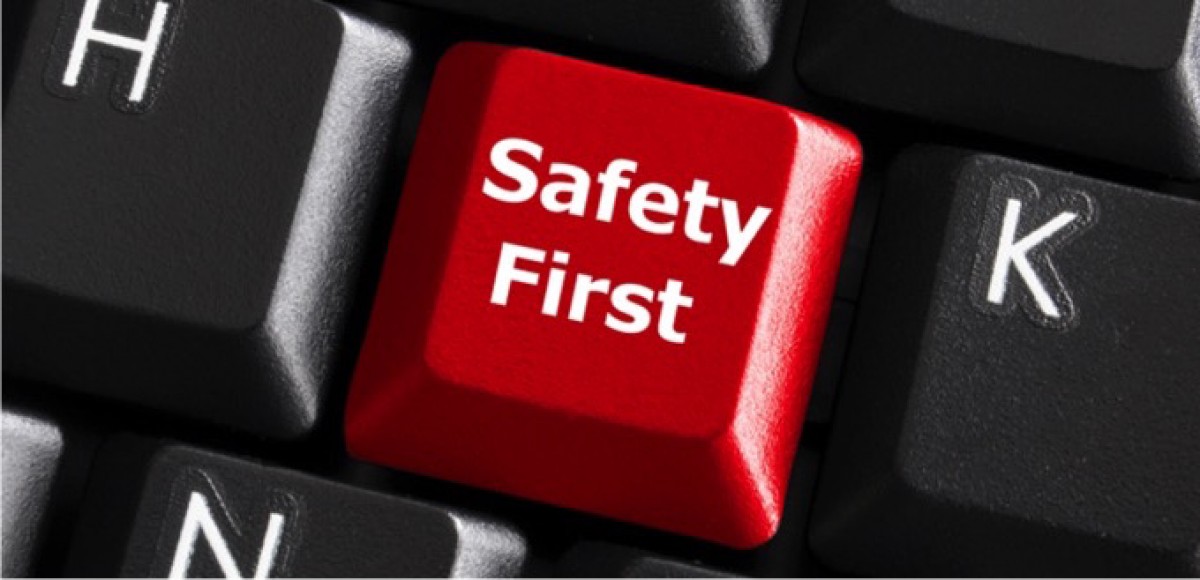


 shredded professionally at a local office supply store or using your own shredder if you have one.
shredded professionally at a local office supply store or using your own shredder if you have one. 

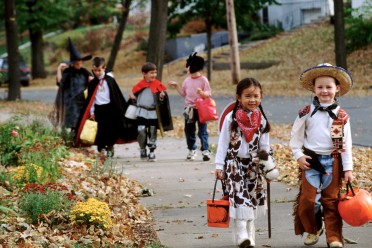 tape to the costume for visibility. A few strips on the back, front, and goodie bag should do the trick.
tape to the costume for visibility. A few strips on the back, front, and goodie bag should do the trick.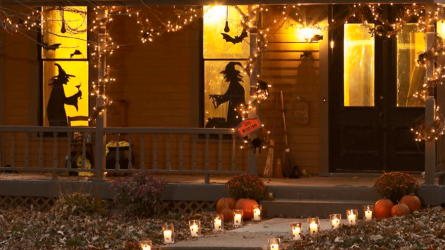 If you are out and about on the night these little gremlins are trick-or-treating, please remember to be extra cautious while driving and keep your eyes peeled for children darting out from between vehicles or in odd places that aren’t crosswalks.
If you are out and about on the night these little gremlins are trick-or-treating, please remember to be extra cautious while driving and keep your eyes peeled for children darting out from between vehicles or in odd places that aren’t crosswalks.
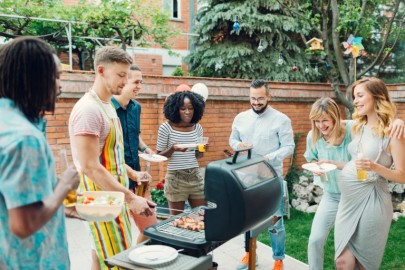 have a swimming pool or will be attending a party that has one, you want to be sure to read our blog “
have a swimming pool or will be attending a party that has one, you want to be sure to read our blog “ 1) Make sure your vehicle is in proper condition prior to hitting the road – check your lights, fluids, belts, hoses, breaks, and the condition of your tires and battery beforehand. If you are not sure what to check, seek professional help.
1) Make sure your vehicle is in proper condition prior to hitting the road – check your lights, fluids, belts, hoses, breaks, and the condition of your tires and battery beforehand. If you are not sure what to check, seek professional help.
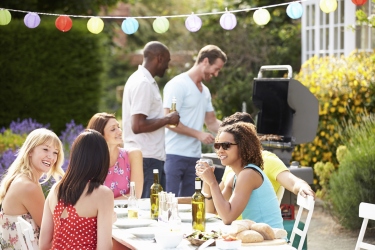
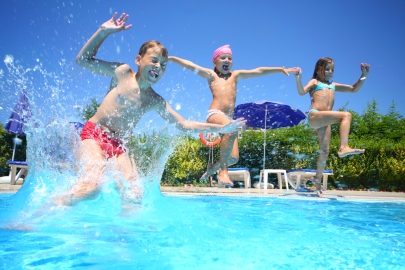 how you can prevent accidents.
how you can prevent accidents.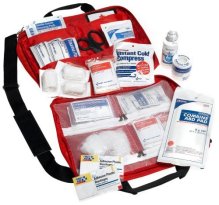 watching over him/her carefully to be sure no dangerous food is gobbled up.
watching over him/her carefully to be sure no dangerous food is gobbled up. The best way to enjoy a party is safely. Being prepared for emergencies and using preventative tactics is the easiest way to ensure a safe but great time for you and your guests.
The best way to enjoy a party is safely. Being prepared for emergencies and using preventative tactics is the easiest way to ensure a safe but great time for you and your guests.




